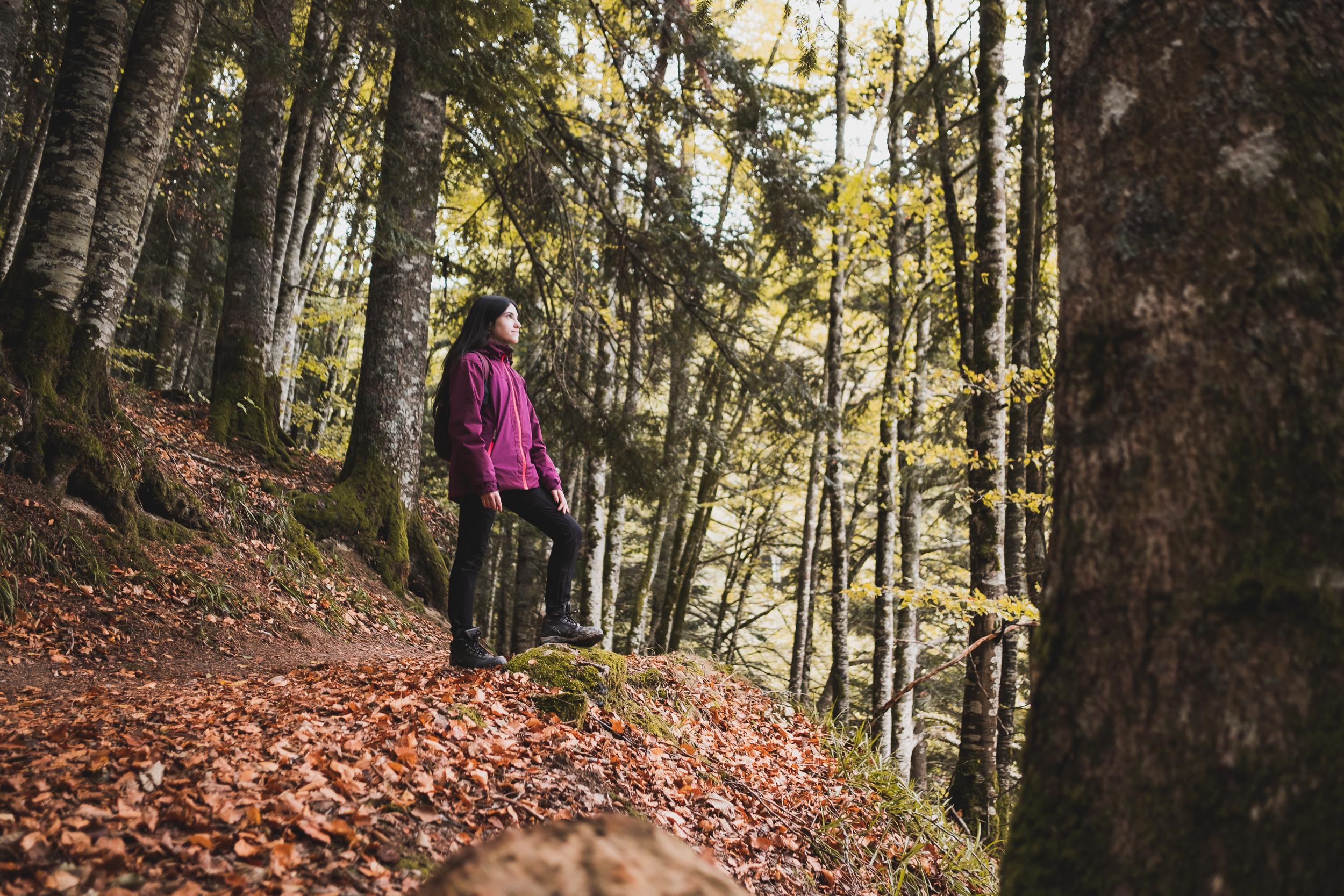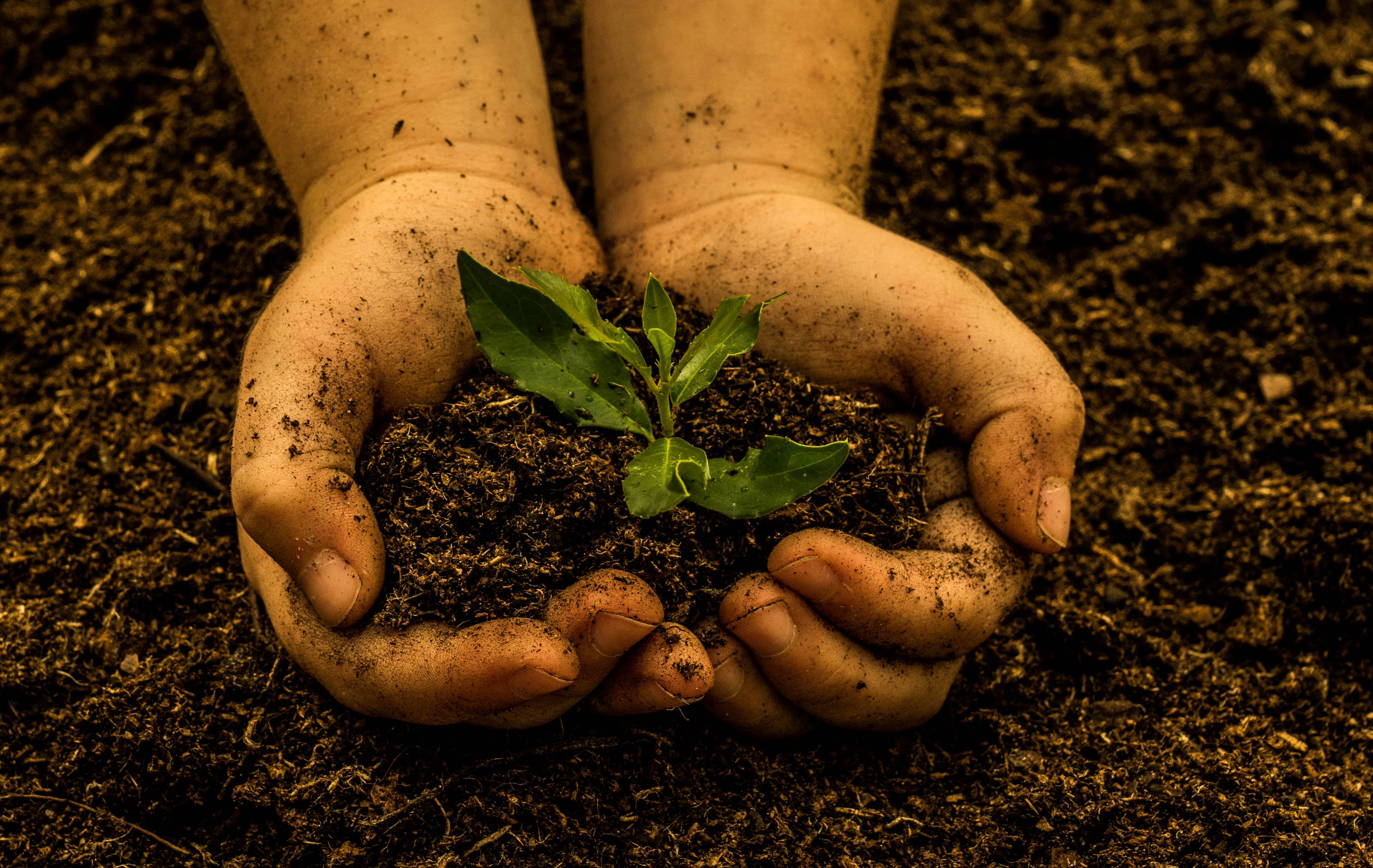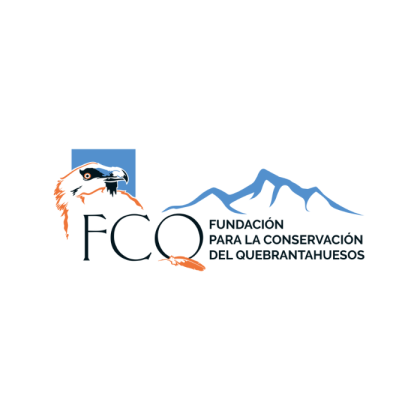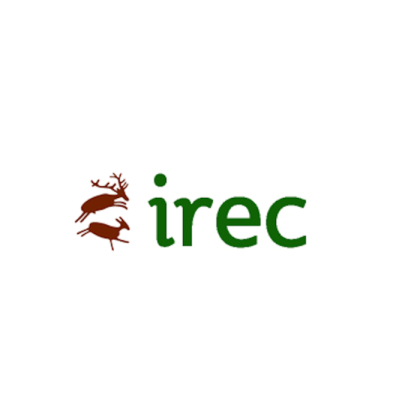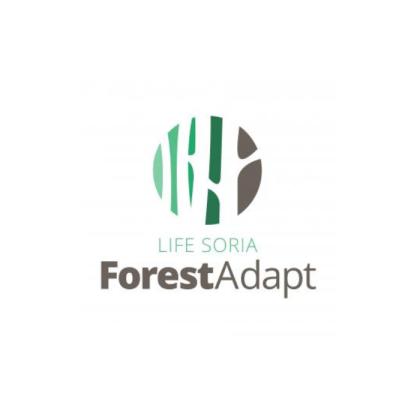For 40 years, we've been driving our country's economic and social progress. Four decades shaping Spain.
Biodiversity
Biodiversity
Commitment to biodiversity has always been a core principle of our environmental policy, and it is reflected in all of the company's activities.
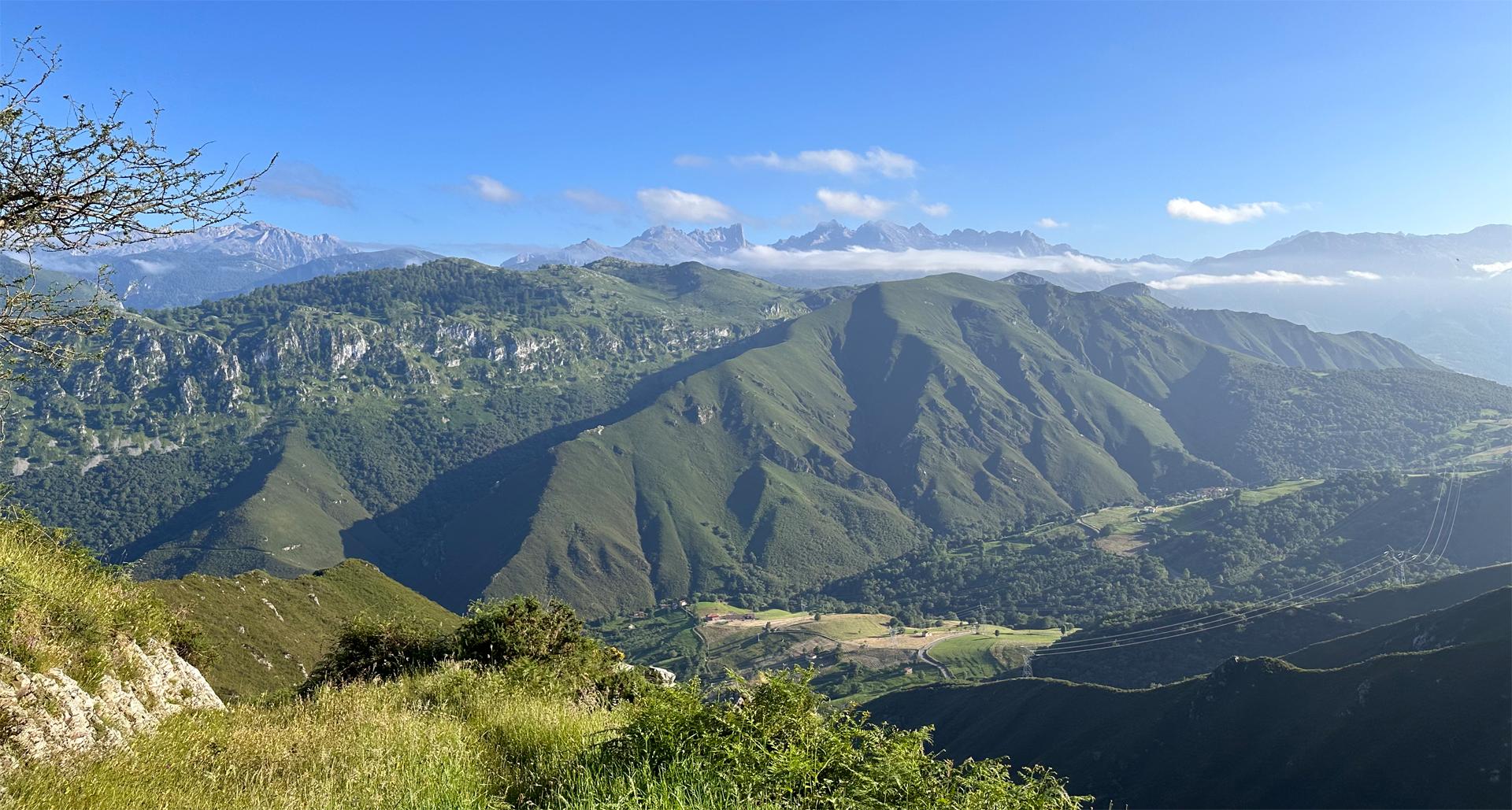
Basic principles guiding biodiversity
Our commitment is clear: we are determined to generate a positive impact on the natural capital around our facilities by 2030. This principle is part of the Redeia's —our parent company— Sustainability policy, which goes even further by aiming to create benefits for both people and the environment. Ultimately, for the different regions and society as a whole.
Responsible Biodiversity Management
- Our natural capital approach
- Mitigation hierarchy
- Preventive and corrective measures
- Compensation and conservation
- Innovation and research
We apply the 'Natural capital' approach, which we define as the set of nature's assets, both biotic and abiotic, that individually or collectively provide benefits to society. These are known as ecosystem services.
We develop tools, methodologies, and continuously improve our working methods to assess the changes in nature and their potential impacts on society and apply the necessary mitigation, restoration, or compensation measures.
We have our own methodology to quantify negative and positive impacts on biodiversity. This methodology has been updated and has been in use since 2023: We consider this analysis crucial in order to establish a quantitative and qualitative relationship between the impacts on ecosystem services and to generate the knowledge needed to implement mitigation and compensation measures, ultimately achieving a positive biodiversity impact throughout our facilities' lifecycle.
This way, we move toward the desired positive impact.
We apply the mitigation hierarchy —avoid, minimise, restore, and compensate— in biodiversity management throughout the entire lifecycle of each facility, from design to final decommissioning.

How we do it

We carefully select our facilities' locations to avoid undesirable effects on biodiversity:
- During the design phase, we conduct a regional assessment that identifies and describes natural assets and the goods and services they generate for ecosystems. This allows us to create a map that shows the facility's ability to integrate into the territory, while also exploring potential alternatives.
- The ultimate goal is to select the alternative that causes the least impact and avoids areas of high biological or cultural value.
- In addition to this analysis, we specifically evaluate the presence of wildlife species, with a particular focus on birdlife.
- Based on these and other studies, we conduct a feasibility analysis for each facility and define the most appropriate preventive and corrective measures in each case. These also include restoring affected areas as necessary throughout the lifespan of the facility.

In short, we aim to:
- Make our facilities compatible with wildlife, especially birdlife, by designing and executing projects in a way that minimises impacts.
- Reduce the risk of forest fires to a minimum through proper vegetation management.
- Protect habitats and ecosystems of high ecological value.
Red Eléctrica's facilities are scattered nationwide. They sometimes run through or are located in areas under some form of protection. In fact, around 27 percent of the national territory is protected as part of the 'Red Natura 2000' network.
Less than 1 percent of these areas coexist with one of our infrastructures.
During the development of facilities, we apply various mitigation measures to eliminate or minimise potential impacts:
- Conducting specific studies to determine the actual presence of sensitive species in the construction area and the potential impacts they may experience.
- Designing projects on a case-by-case basis with natural values in mind, with the aim of minimising the impact on vegetation by compacting and elevating transmission towers and adjusting access routes.
- Signalling and marking areas of interest or specific specimens to avoid potential impacts.
- Closely monitoring tree cutting and pruning activities to avoid impacting specific specimens and protected vegetation.
- Translocation of species that consists of transplanting tree specimens affected by the work in other unaffected areas.
- Manual routing to reduce the need to open up transmission line corridors.
- Using helicopters or drones to transport and lift materials, as well as routing transmission lines, to minimise or avoid land movements (opening up roads and work camps) and impact on vegetation.
- Biological rest periods, which involve halting work during reproduction, nesting, and breeding seasons for certain species.
- Restoring the areas affected by construction work, including geomorphological recovery and land levelling, slope stabilisation, adding topsoil, hydroseeding, and planting species (including protected species).
- Planting trees to compensate for those removed.
- Additional biodiversity enhancement measures in the construction area, such as building sediment ponds and filters to prevent watercourse pollution.
- Creating sensitivity and risk maps that identify sensitive species, habitats, or areas (flight paths).
- Providing resources and specific training to internal and external personnel for the prevention of forest fires.
We help conserve land and marine biodiversity through specific projects and actions related to the protection of wildlife, flora, and habitats.
We lead, promote, and actively collaborate in the development of projects aimed at biodiversity conservation. Additionally, we work in partnership with environmental organisations at a national, regional, and local level (public administration, research centres, universities, foundations, NGOs, etc.) in the geographical areas where we operate.
We take action on:
- Wildlife, with a special focus on key bird species
- Vegetation, with a special focus on forest fire prevention and the restoration of degraded land and marine forests.
- Biodiversity-rich habitats and ecosystems Only Available in Spanish
We continuously develop and drive improvements through new technologies, working methods, and the promotion of collaboration with external entities such as: Universities, NGOs, and organisations in the area.
- Protection and conservation of fauna.
- Vegetation management through the development of new technologies, tools and innovative solutions in the prevention and fight against forest fires and for the treatment of vegetation
- Protection, improvement, conservation and creation of habitat through the establishment of a network of corridors or “green and blue infrastructures” through knowledge about the use that species make of our facilities.
You may be interested
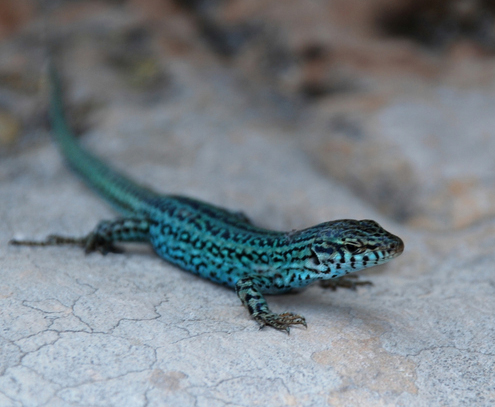
Pitiusa Lizard
We are preserving the Pitiusa Lizard (Sargantana), a species included in the Balearic Catalogue of Threatened Species through a pilot protection and conservation project in San Antoni de Portmany (Ibiza). In collaboration with the Ibiza Preservation Foundation, which has extensive experience in the protection of this species, we have geolocated the specimens in the area where Red Eléctrica will extend a substation and install batteries. Once this mapping has been carried out, areas with safe refuges have been built that are inaccessible to predators. They have been moved there so that these colonies can develop with guarantees. The project is replicable, so that if the results of this project are positive, sets of shelters could be established in different areas of the island of Ibiza.
Project #NaturalezaenRed
The transmission grid of Red Eléctrica is an effective tool that contributes to halting the loss of biodiversity: they connect territories and increase the density of flora and fauna.
Since 2020, together with the Autonomous University of Barcelona and the Bulfavent association, we have been researching the use made by flora and fauna of power lines.
The main conclusion is that our facilities play a role as biodiversity corridors and compose a discontinuous mosaic of unique refuges for open space species. These islands of biodiversity are vital spaces that connect ecosystems and increase the density of flora and fauna.
As a result of this study, we have detected colonies of ant butterflies, an endangered species, and a large number of orchids under our lines in Catalonia.
Video available only in Spanish.
Biodiversity: a concern for Red Eléctrica and Redeia, its parent company
Biodiversity: a concern for Red Eléctrica and Redeia, its parent company
We invite you to visit Redeia's website to learn more about our commitment and actions related to biodiversity within the group.
